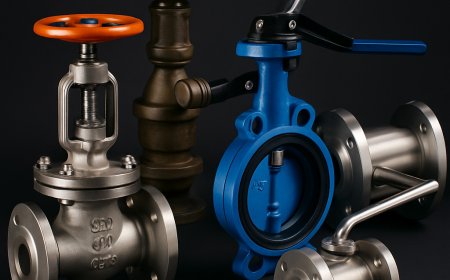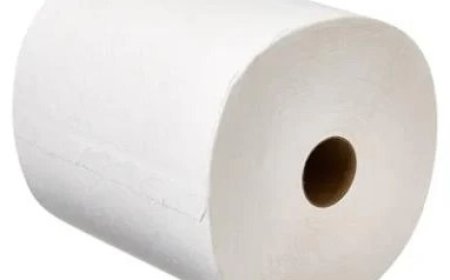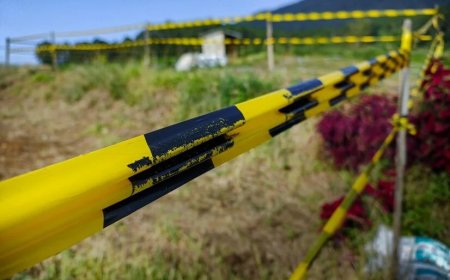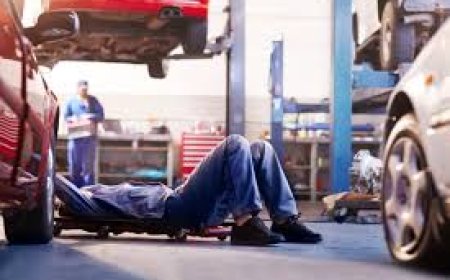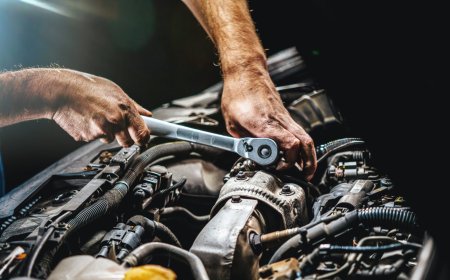From Driveway to Dust: The Untold Journey of Your Old Car
Discover what really happens to old vehicles after they are sold or scrapped. Learn how unwanted car collection supports recycling, reuse, and environmental recovery.
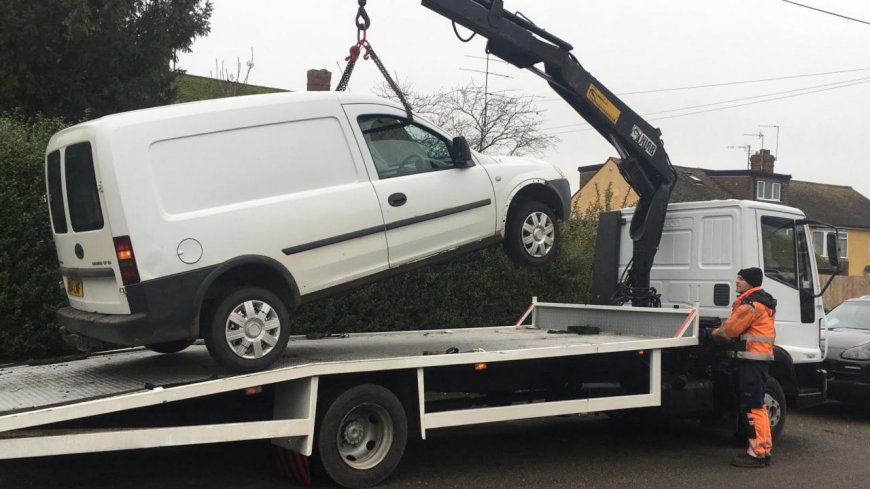
Many people see the end of their car's life as the final chapter. Once it stops running or loses its appeal, the car is often sold or left sitting in the yard. But that is not the end of the storyit is only the beginning of another path. What follows is a detailed journey that shows how your old vehicle moves through a cycle of dismantling, recycling, reuse, and in some cases, global travel. This article follows that journey step by step, explaining what happens after a car leaves the driveway for the last time.https://www.carremovalsydney.com.au/
1. The First Step: Saying Goodbye
When a car is no longer in usewhether due to age, damage, or repair costowners often look for a way to remove it. Some sell it to scrap dealers, others to collectors, and many call removal services. Once it is picked up, the car is transported to a holding yard or scrap facility. This begins the process of assessment and separation.
Vehicles in holding yards are usually reviewed by mechanics or staff who check which parts are still working. Cars in better condition may be resold or stripped for popular parts, while others go straight to dismantling.
2. Draining and Dismantling
Before any scrapping begins, all fluids must be drained from the vehicle. These include fuel, engine oil, coolant, brake fluid, and transmission fluid. If these are left in the car, they can leak and damage the soil or nearby waterways.
Once the fluids are removed, batteries, airbags, and tyres are taken out. These items are separated based on material type, reuse possibility, and disposal method. Each step is tracked to make sure the materials do not cause harm to people or the environment.
3. Salvaging Useful Parts
Some parts from old cars can be removed and sold again. Engines, transmissions, alternators, radiators, starter motors, and mirrors are often checked and cleaned for resale. This supports small garages, hobby builders, and drivers who want working parts at a lower cost.
Reusing car parts also means less demand for new materials. It helps reduce the energy needed to mine metals and produce new parts. According to the Australian Automotive Aftermarket Association, over 75 percent of a car's parts can be reused or recycled.
4. Crushing and Shredding
After the useful parts are removed, what remains of the vehicle is sent to the crusher. This machine flattens the car into a compact shape, making it easier to move and store. Once crushed, the shell is transported to a shredding plant.
Here, large machines tear the car body into smaller fragments. Magnets and air jets are used to sort the materials. Steel, aluminium, copper, and plastic are separated and sent to recycling facilities.
5. Metal Recycling and Reuse
The shredded metal from cars is often used in building construction, shipbuilding, manufacturing, and even new car production. Recycled steel saves about 60 to 70 percent of the energy needed to make steel from iron ore.
This process keeps thousands of tonnes of scrap out of landfills each year. Recycled car metal is used to produce beams, sheet metal, and machine parts. Even though your old car is gone, its materials live on in other forms.
6. What Happens to the Leftovers
Not all parts of a car can be reused or recycled. Items like rubber trims, seat foam, some plastics, and glass are harder to process. These are often sent to landfill or used as filler in road base materials.
There is growing research into how to handle these materials better. Scientists and engineers are working on ways to melt, break down, or repurpose these parts safely. This area of recycling is still developing, but it continues to gain attention as car models change over time.
7. The Role of Local Collection Services
None of this would be possible without the early step of vehicle removal. Local collection groups play a major part in moving old vehicles from homes to the next stage. These teams often arrange collection, remove the cars from properties, and ensure they are sent to approved yards.
For example, some groups focus on Unwanted Car Collection, helping people get rid of old vehicles that sit unused. While the main goal is to clear space, these removals also make sure the cars are dismantled in a way that helps recycling efforts and avoids illegal dumping.
8. Some Cars Travel Abroad
Not all scrapped cars stay in Australia. In some cases, vehicles are sold at auction or shipped to other countries where they are used again or taken apart overseas. These cars often go to places where there is demand for older models or where repair costs are lower.
This is a smaller part of the market but still plays a role. Exported vehicles may live longer lives before they are scrapped or used for their parts in a different region of the world.
9. Why This Process Matters
Every car that is properly dismantled and recycled helps protect natural resources. Recycling car parts and metals reduces the need for new mining and limits the amount of waste in landfills.
It also helps people access spare parts at lower cost and supports small businesses in auto repairs and rebuilding. On a larger scale, the process lowers carbon output, saves water, and helps reduce pollution linked to production and waste.
Conclusion
An old car may stop running, but it does not stop being useful. From the first tow to the final shred, each step of the process helps recover materials and support new uses. Your vehicle may be gone from your driveway, but its metal, parts, and fluids find new paths in building, learning, and manufacturing.
The next time you see a car being towed away, know that it is not the endit is the start of another chapter. One filled with recycling, reuse, and the quiet work of turning old machines into useful materials once again.










